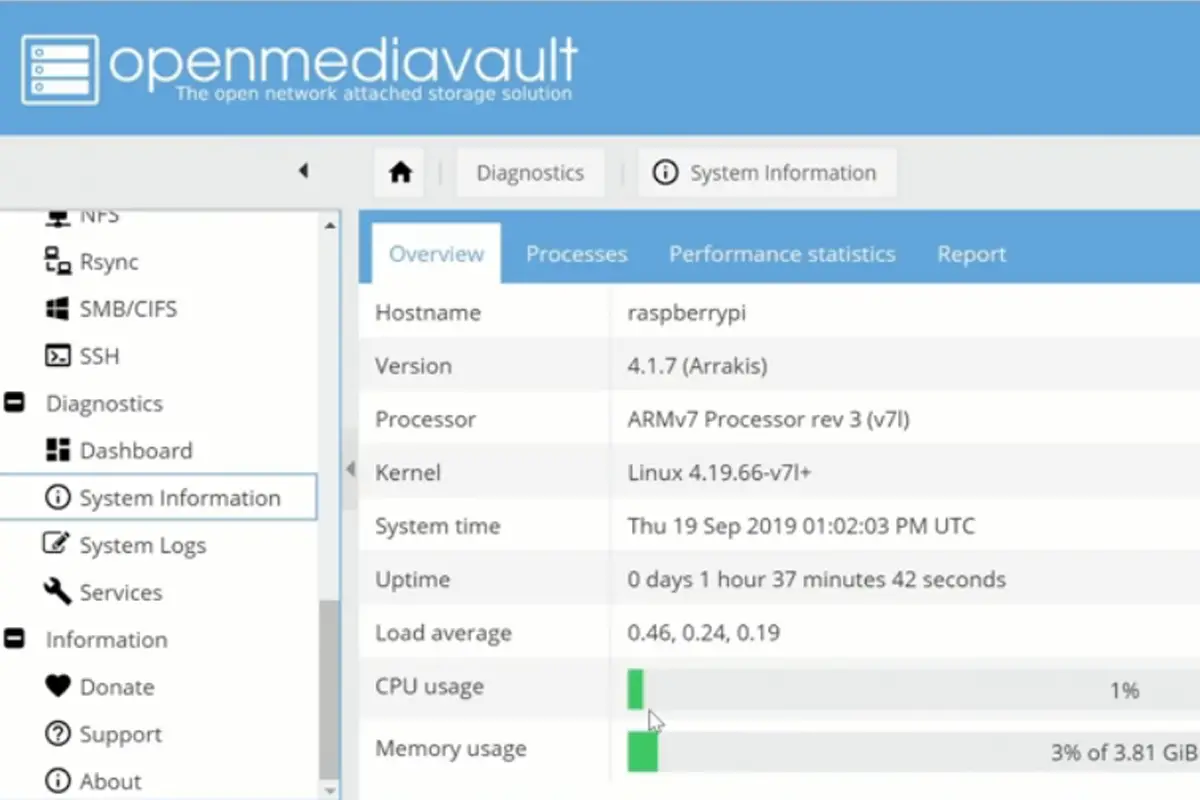To provide your Raspberry Pi 4 (or other computer) with juice, you’ll want a power supply that can deliver at least three amps and five volts over a USB Type C wire. A phone or laptop charger that can output at least three amps and 5 volts over USB Type C should do the job.
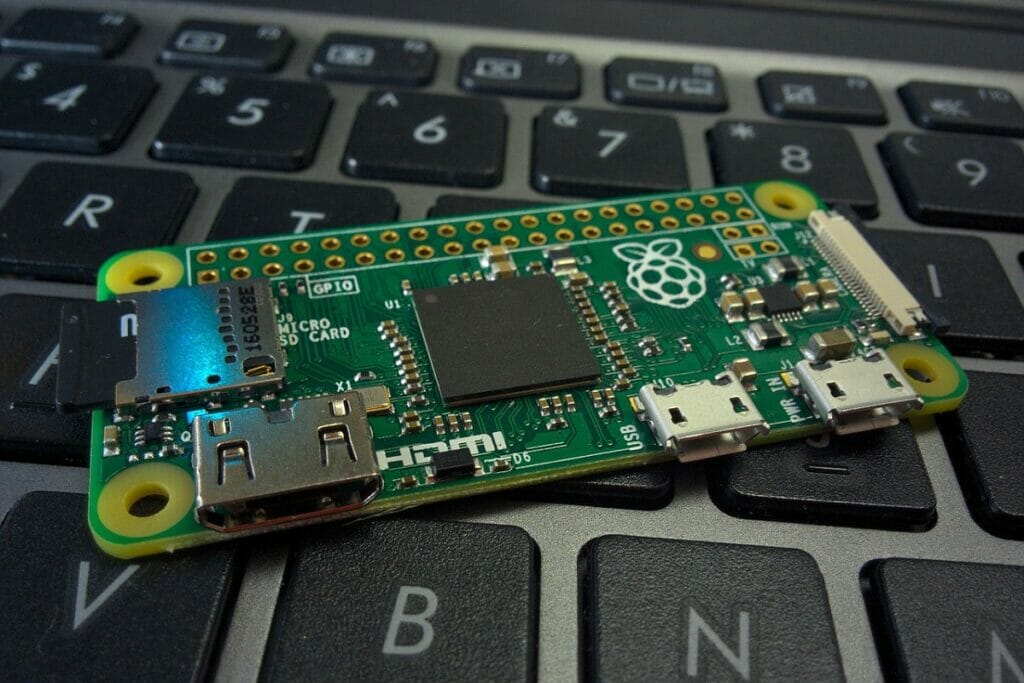
You can also power your Pi 4 off of a power bank that you’d use to charge a phone or tablet. There are many options for powering your Raspberry Pi – and some are more appropriate than others, depending on your needs. With this guide, you’ll learn all about powering your Raspberry Pi 4!
What Kind Of Power Adapter Do I Need For Raspberry Pi?
A Raspberry Pi 4 does not have a power switch. To turn on a Raspberry Pi 4, you simply plug it into an outlet.
When you want to turn it off, shut down the operating system first, then unplug the power cord.
Power switches are available for Raspberry Pi 4s, but don’t forget that you need to shut down the operating system before turning off the power.
Raspberry Pi 4 uses an external power connector.
Which USB Type C Cables Work With Raspberry Pi?
Any USB Type-C to USB Type-C cable works fine with the Raspberry Pi 4. However, if you use an e-marked USB 3.0 or USB 3.1 cable, it won’t charge your Raspberry Pi 4 (see also ‘How To Safely Overclock Raspberry Pi 4‘). You’ll need to use a regular USB 2.0 cable instead.
A lot of people use USB-C cables for charging purposes. However, some of them do not work properly. You should avoid buying these types of cables if possible.
Ways To Power Your Raspberry Pi
A charging hub can be a useful and quick desktop power solution. It allows you to charge multiple devices simultaneously.
Solar energy is great for powering things. A solar panel charges batteries, and the batteries charge up a Raspberry Pi.
A solar-powered charger is a great tool to use when you’re out camping or hiking. You can charge your phone, tablet, or other devices using this type of setup. This product is very useful if you want to be self-sufficient while traveling.
A boost converter takes low voltage (2.4v) from rechargeable AA batteries and boosts it up to 5v. This allows you to run your RPi off of AA batteries without having to connect it to a wall outlet. However, this method requires more power than using a standard RPi power supply.
Boost converters are very easy to use. There are two wires in and two wires out. This means you can connect them to any device that needs 5 volts or more. These devices include most phones and tablets.
Most Raspberry Pi robots use a battery pack. This is because batteries are cheap and easy to get. However, if you want your robot to be really powerful, then you need to buy a bigger battery pack.
A PoE injector connects a Raspberry Pi to the Internet via a standard Ethernet cable. It also provides power to the Pi over the same cable.
A UPS is a battery backup system that provides an uninterruptible power supply to equipment connected to it. In this case, the UPS keeps the Raspberry Pi powered up even when there is no external power source available.
Recommended Power Supply For Raspberry Pi
The recommended power supply requirements for the Raspberry Pi range between 700mA and 2.5A. This means that most people should be fine using a standard 5V micro USB cable.
However, if you’re running a lot of peripherals, such as a keyboard, mouse, or monitor, then you may need an additional power supply.
Power consumption varies greatly depending on what you’re doing. Video playback uses more power than idle or booting. Some devices draw more power than others, such as keyboards and mice.
Low Power Warning
The Raspberry Pi can run on a lower power supply, but it may be unable to perform some tasks. A yellow lightning bolt appears in your screen indicating an under-voltage alert.
A powered USB hub is recommended if you want to connect heavy peripherals to your Raspberry Pi.
GPIO Power
Raspberry Pi is powered by an external supply. To get stable power, you need to use an adapter or a cable. You can also power things attached to the Pi, using the GPIO pins – such as hats. This method is dangerous because if you short out the pins, you could damage the board.
A hat is a piece of hardware that sits over the GPIO pins. It provides additional safety features such as power filtering and ESD protection.
The Raspberry Pi 4 has a total of 40 GPIO pins. The pin count remains the same as previous versions, but there are some improvements to the layout. There are now four additional I2C/SPI/UART connectors available. This means that you can connect up to eight devices to each port.
The GPIO 5V pins are typically powered by the 5V rail. You can connect them to a 5V source to supply additional power to things connected to the pins – but you can’t power the Pi itself like this.
Why Won’t The Pi Power Up?
The Raspberry Pi 4 is non-standard and won’t work with some USB-c cables. This might be the cause.
A compliant charger is a better option. Non-compliant chargers may damage your device if you use them.
A full-featured USB-C cable uses an e-marker to identify itself as such. Shorting the two CC lines prevents the cable from detecting the Raspberry Pi and powering it.
Need A Fan? Power And Heat On Raspberry Pi
The new Raspberry Pi 4 draws more power than previous models. At idle, it consumes about 17% more power than the 3B+ model. At full throttle, the 4 consumes about 19% more power than the older model.
You should use a fan or heat sink to avoid overheating (see also ‘Does Raspberry Pi 4 Need A Fan?‘).
Conclusion
Getting the right power supply for your needs is essential. Hopefully, this guide has helped you out!
- How To Uninstall Packages On Ubuntu - March 13, 2024
- How To Restart Ubuntu Using The Terminal - March 13, 2024
- What Is The Steam Deck | Experience Modern Handheld Gaming - March 12, 2024

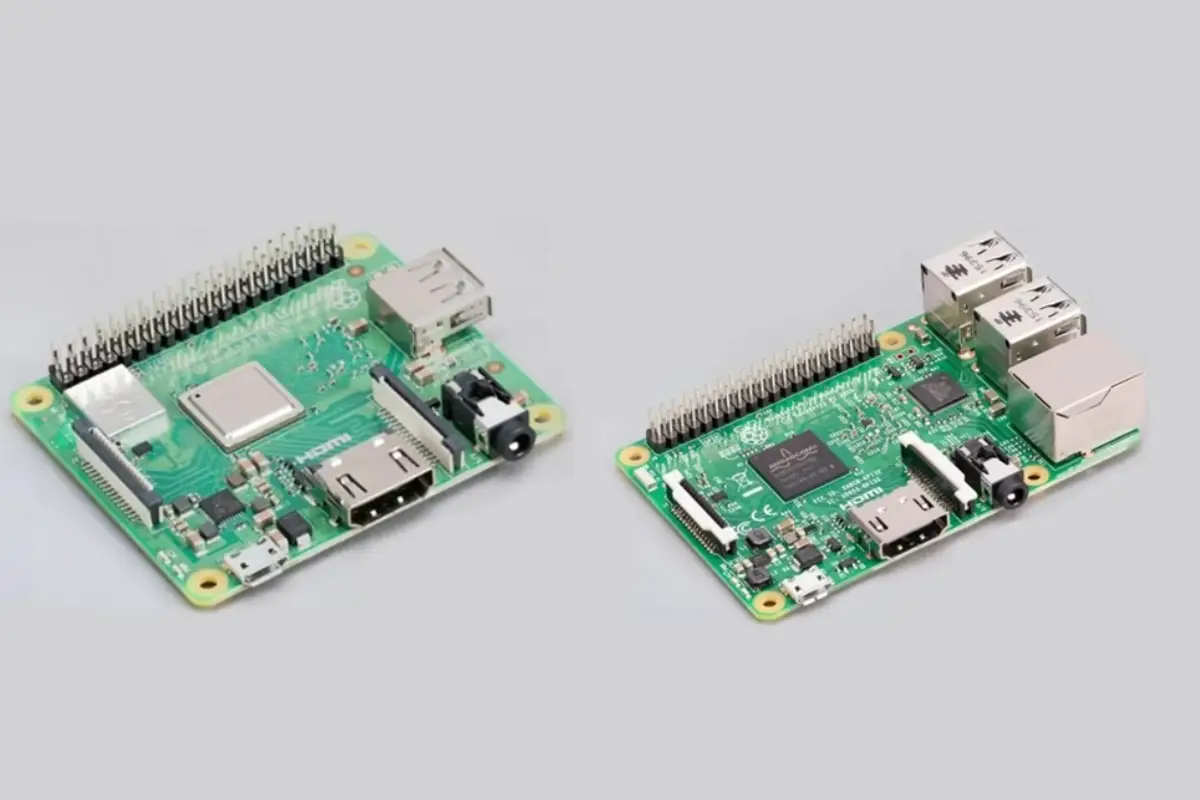
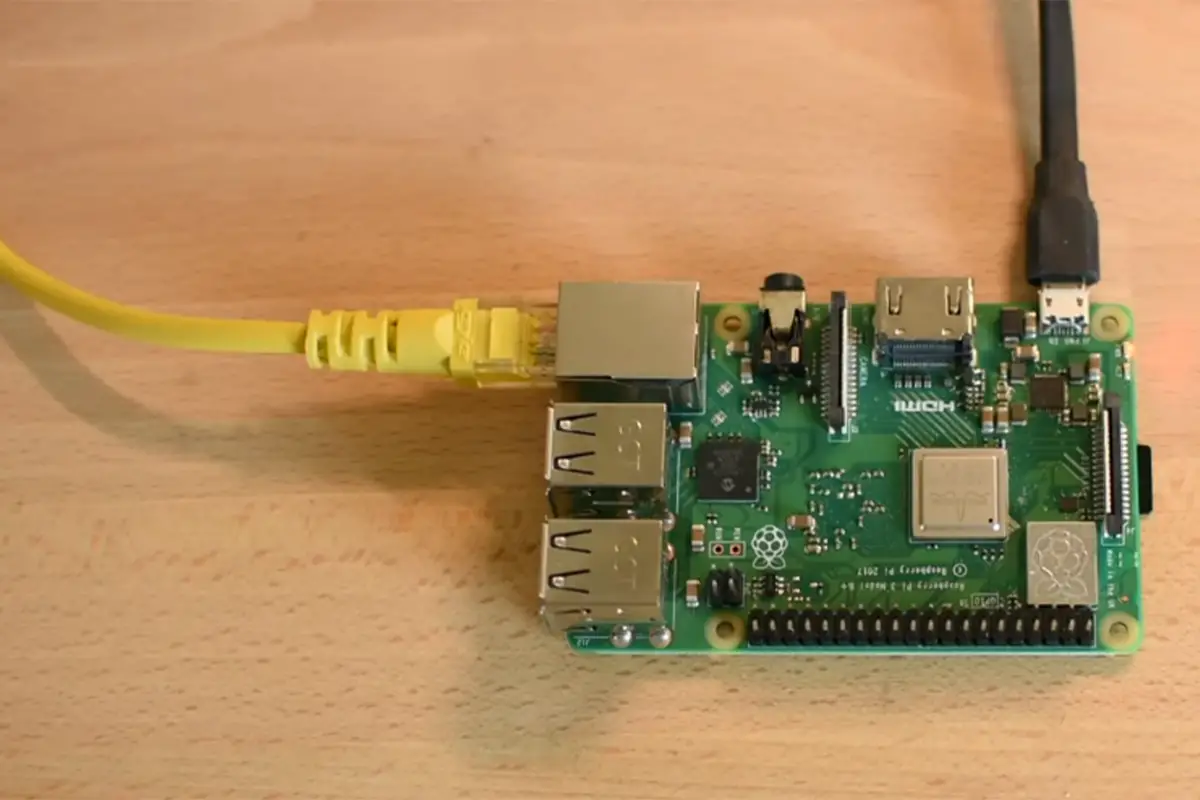


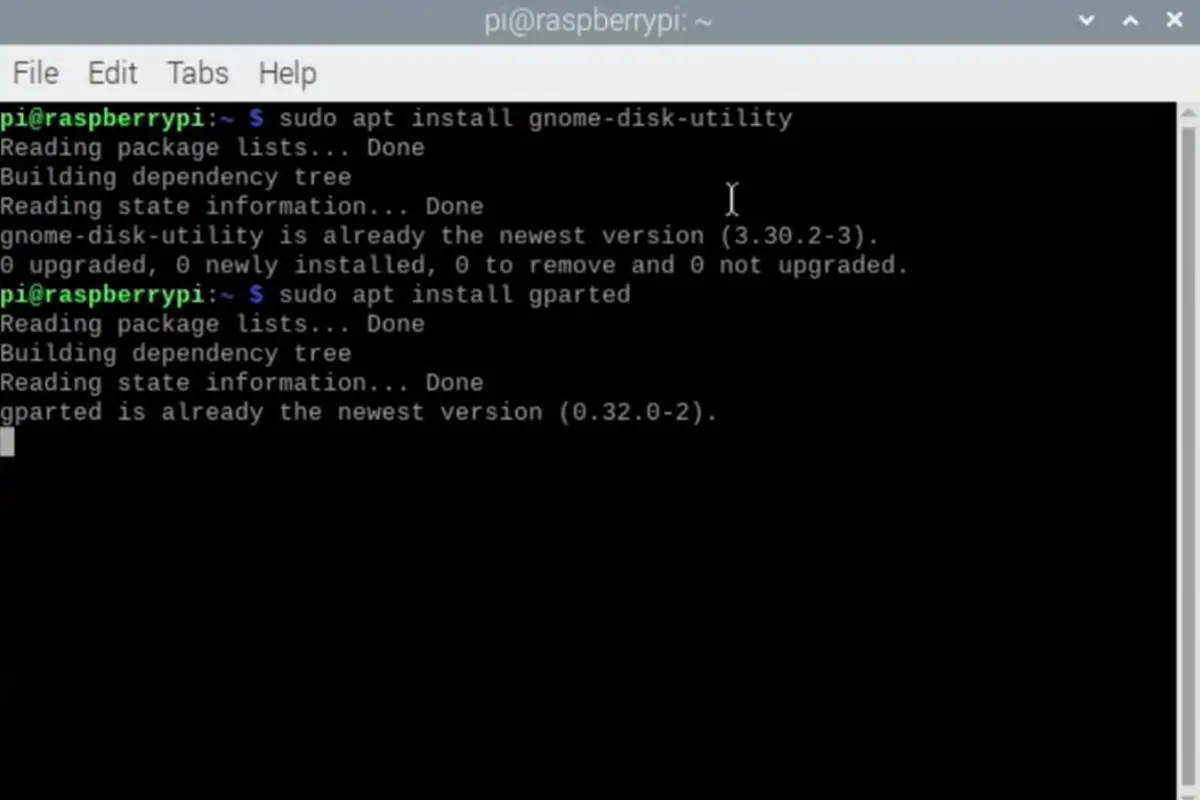
![How To Host A Website On A Raspberry Pi: A Step By Step Guide How To Host Your Own Website On Raspberry Pi [Ultimate Guide]](https://raspians.com/wp-content/uploads/2023/02/How-To-Host-Your-Own-Website-On-Raspberry-Pi-Ultimate-Guide-1-150x150.jpg)
